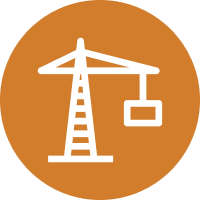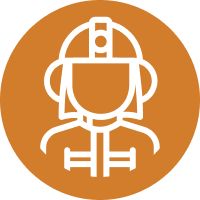In this series, we’ll explore some of the ways that Digital Transformation can improve Emergency Readiness and Response in your organization or at your Industrial site.
As they say here in Texas, “you can’t swing a dead cat” without coming across an article about Digital Transformation these days. Big Data, The Internet of Things (IOT) or the Industrial Internet of Things (IIoT), and Machine Learning, are among the terms that reference the larger discussion of Digital Transformation.
To better understand Digital Transformation, you don’t need to look far. Harvard and MIT both have online courses available on the subject. McKinsey, IBM and the “Big Four” firms are working on and writing about this topic. In our sector of Industry, Petrochemicals and Refining, there are large and small players clamoring to lead this discussion and gain traction in terms of business, projects, etc. GE, Siemens, Emerson and dozens of smaller companies are just the tip of the iceberg.
As expected, Digital Transformation has, thus far, focused primarily on the processes that impact the bottom line. In a refinery or chemical plant, for example, machine learning allows data from multiple sources to be aggregated and algorithmically calculated to predict maintenance requirements ahead of an unplanned failure or to schedule maintenance at optimal times for profitability at the site.
Process safety has also been positively impacted by the availability of this information. With the ability to gather process data, proactive decisions can be made ahead of a process safety incident. Most industry experts would agree that we are at the early stage of adoption for this application of analytics and by extension, Digital Transformation.
In this series, we’ll specifically explore some of the ways that Digital Transformation can improve Emergency Readiness and Response in your organization or at your Industrial site. Regarding emergency preparedness, the industry is even earlier in the adoption of processes and technology for Digital Transformation. Over the next several months, we’ll discuss opportunities, both current and future state, available to the profession. Included among the topics are:
- The accountability of people in high hazard areas
- Accounting for people during an incident (mustering)
- Personnel location services
- Ensuring preparation for red weather events
- Providing emergency responders with the right data ahead of necessity
- Life safety technology such as gas monitoring, bioinformatics
Digital Transformation, as the name implies, involves a true transformation. Therefore, we’ll also explore the challenges of bringing these opportunities to reality, beyond the obvious financial investments.
The first installment, coming soon, will discuss the present state opportunities to digitize personnel accountability, unit level personnel awareness and how to start the continuous improvement process. Stay tuned!







